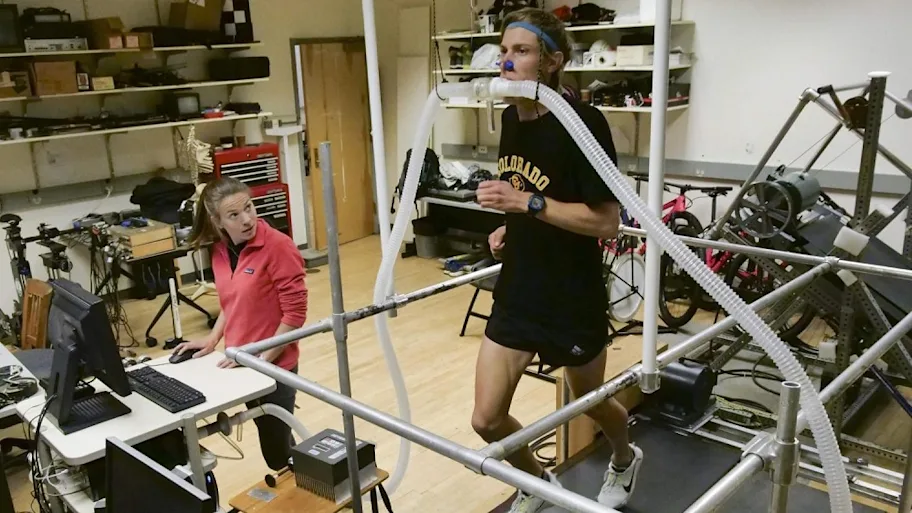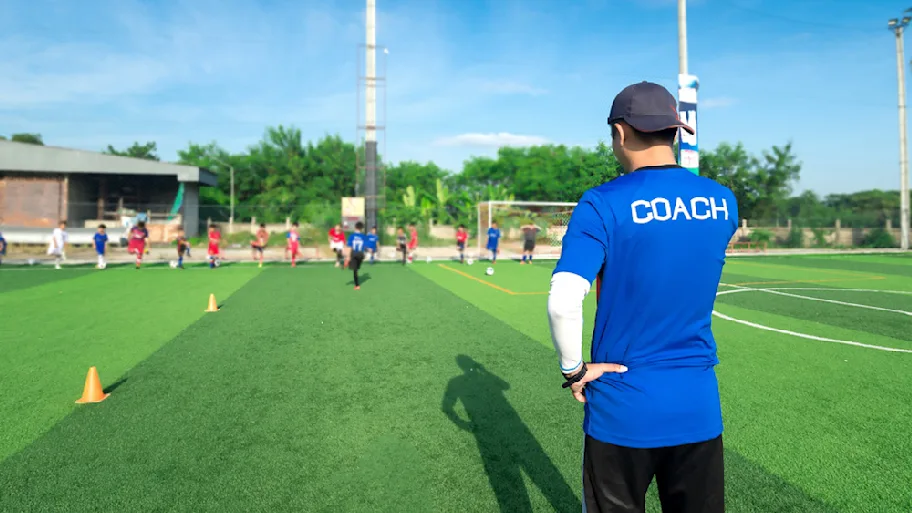
- Science news
- Featured news
- New agility tests can discriminate between football players at different performance levels
New agility tests can discriminate between football players at different performance levels

To measure agility, researchers asked junior players to dribble a ball towards plastic cones. Image: Shutterstock
The tests could be a more accurate way to assess agility in young players, compared with conventional measurements such as sprinting and jumping ability.
— By Conn Hastings
Agility — the ability to rapidly and tactically change speed or direction — is an important factor in football (soccer) performance. A new study reports that two new agility tests can successfully discriminate between youth football players at under-17 and under-19, with the older players showing enhanced agility. In contrast, other characteristics thought to be associated with agility, such as body dimensions and sprinting abilities, were not significantly different between the two age groups. Published in Frontiers in Physiology, the study suggests that specific agility training could pay dividends in enhanced youth football player agility and performance.
Sports scientists are developing tests to identify player strengths and new coaching strategies. One focus is agility, given its importance to football performance. Parameters thought to be linked to agility include sprinting and jumping abilities as well as body dimensions. However, most current agility tests were developed for sports other than football.
“During a football game, players frequently change their direction and speed in reaction to external factors, such as an opponent moving closer,” explains Professor Damir Sekulic from the University of Split in Croatia. “A player can also pre-plan quick changes in direction speed, such as running into a free space to get open for a pass. While both reactive and pre-planned agility are important in football, there is a lack of soccer-specific agility tests.”
Sekulic, along with Professor Haris Pojskic from Mid Sweden University and other colleagues in Croatia and Sweden, therefore set out to develop agility tests specifically for football players.
The researchers asked junior players to dribble a ball towards four plastic cones spaced widely apart. When each player approached the cones, a light turned on above one of them. The player then needed to bounce the ball off a board near the lit cone and return to the start position as quickly as possible.
The rationale behind the test is that more agile players will complete the task in a shorter time. To assess reactive agility, the researchers did not tell the players which cone would light, while to test pre-planned agility, the players knew which cone would light and so could plan their movements.
The research team used the tests to assess youth football players in Sweden in under-17 and under-19 divisions. As the older players had been in football training for longer, it was expected that they would have higher performance levels. The researchers also measured other parameters thought to be linked to agility, including sprinting/jumping abilities and body dimensions.
Related: Children are as fit as endurance athletes
Players in the under-19 group showed higher reactive and pre-planned agility scores. These findings are striking, because the new agility tests were the only measurements that distinguished between the older and younger players. The other parameters, such as jumping and sprinting ability, were not significantly different between players of different ages.
“The superiority of the under-19 players in agility may be a direct consequence of their longer involvement in football training,” says Pojskic. “Coaches who work with young football players should be aware that agility development between 17 and 19 years is mostly dependent on specific training for motor proficiency. There is no evidence that developing other capacities, such as sprinting or jumping, has any positive impact on agility in players of this age.”
The findings suggest that specifically developing agility in youth football players, rather than focusing exclusively on attributes such as jumping and sprinting abilities, could enhance player agility and performance.
REPUBLISHING GUIDELINES: Open access and sharing research is part of Frontiers’ mission. Unless otherwise noted, you can republish articles posted in the Frontiers news blog — as long as you include a link back to the original research. Selling the articles is not allowed.






